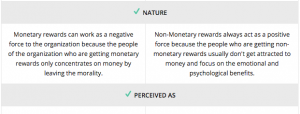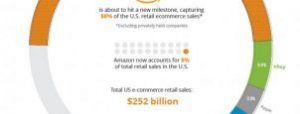At their December 2017 policy meeting, the FOMC majority voted to increase the monetary policy targets (RRP & IOER) by an additional 25 bps. It was the fifth such move dating back to December 2015. It was not, however, a unanimous decision. Chicago Fed President Charles Evans and Minneapolis Fed President Neel Kashkari both opposed the “rate hike.”
At a news conference in January, Evans tried to explain his objections to the media. He said, bluntly, what any rational person would have been thinking for years. “I’d feel a lot more confident if I saw those transitory reductions in the inflation rate go away.”
While most other Fed policymakers believe that those conditions will help boost inflation this year, justifying continued rate hikes, Evans said he has seen that forecast for several years running and it has not panned out.
In other words, if you keep blaming “transitory” factors for missing your explicit inflation target year after year after year, eventually even your fellow Economists are going to suspect something’s up. BOND ROUTS!!!! aside, they are clearly missing a big part of the equation.
For Kashkari, his latest views on the labor situation are similar to Evan’s relatively mild criticisms. They both might be summed up as, where is it? As I write often, eventually the boom has to boom. Taking particular notice of the Wall Street Journal’s penchant for writing about the LABOR SHORTAGE!!!, he asked just that question:
By several measures, wage growth remains muted (around 2.7%) – much lower than historical episodes with “extreme worker shortages.” Usually the price is the best indicator between supply and demand. Price growth for labor is low. Where’s the “extreme shortage?” (2)
— Neel Kashkari (@neelkashkari) April 17, 2018
You can talk around the matter even for a very long time, but small “e” economics is unflinching. If there is a question about a labor shortage, wage growth would definitively settle the matter. And wages havedefinitively settled it, just not in the way the majority would like. They don’t seem to care either way (“data dependent” has become just as fungible as “transitory”).















No Comments